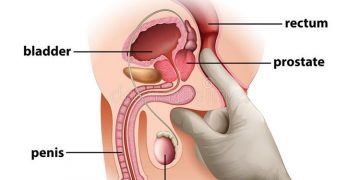At the point when you consider something that could seriously endanger your wellbeing, you presumably don’t contemplate your seat at work. In any case, as per specialists, it’s one of the greatest possible dangers to your wellbeing.
With more than 80% of U.S. occupations being generally stationary, numerous Americans invest a ton of energy stuck to a seat. As a matter of fact, the commonplace office laborer might spend an incredible 15 hours of the day sitting. Everything that could adversely affect well-being.
The risks of sitting excessively
Instituted as “sitting sickness,” the term is utilized to allude to ongoing circumstances related to an inactive way of life and the absence of activity. Research has connected delayed sitting to various wellbeing concerns, including an expanded gamble of coronary illness, corpulence, diabetes, disease, and early passing. How much time spent latent may try and be an indicator of mental degradation and dementia for moderately aged and more seasoned grown-ups.
As our general public progressively moves toward more screen time and less actual effort engaged with our everyday undertakings, we really want to take a gander at the impacts that could have on our drawn-out well-being and capability.
You might think, “Yet I practice a few times each week.” Unfortunately, you can’t fix 8 hours of constant sitting with exercise. Indeed, even elevated degrees of active work following delayed stationary work doesn’t counterbalance negative well-being results, particularly in the people who sit for more than 8 hours out of every day.
Breaking the sitting cycle
Sitting can be inescapable, particularly working. In any case, basic changes to your routine can have a major effect.
Indeed, standing work areas are perfect — you’re probably going to move around more and they can assist with diminishing back and hip agony — however, they’re not a full arrangement. Remaining in one spot is likewise a stationary movement with a similar well-being gamble as sitting.
incorporating greater development and action into a few sections of your day. Integrating a sum of 20 to 40 minutes of actual work over the course of the day to separate persistent sitting and standing can assist with balancing a portion of the well-being dangers of drawn-out inactive time.
Consider timing these breaks as an opportunity to do something you needed to do in any case — get some espresso, snatch a bite or put shortly extending. In the event that this is hard to achieve, make a point to consolidate no less than 20 minutes complete of active work before work, during lunch, and after work. Park farther away from your objective to build your strolling distance or use the stairwell rather than the lift.
Sitting can’t stay away from totally. However, adding greater development and actual work over the course of the day is the most ideal way to battle serious well-being chances related to delayed sitting.























































